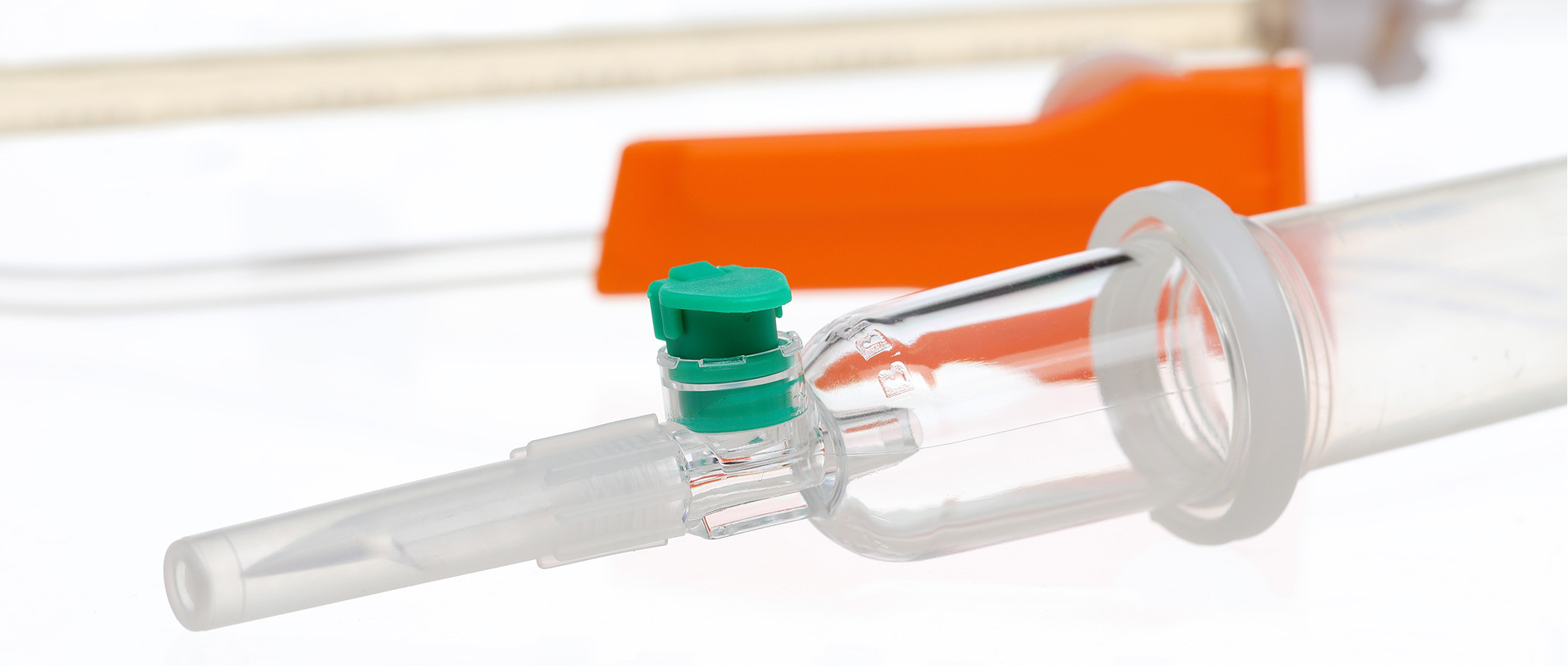Catheters are used for cardiovascular, urological, gastrointestinal, neurovascular, and ophthalmic applications. They may be left inside the body either temporarily or permanently to allow for drainage, drug administration, or access by surgical instruments. Accordingly, catheters may be inserted into vessels, skin tissue, body cavities or the brain. Thus, depending on their use and intended location in the body, their tubes vary in diameter and stiffness and come with or without balloons that hold them in place.
As an integral part of medicine, their testing is continually evolving and being updated.
MET is current with the latest testing procedures, which replaced EN 1616:
- EN ISO 20696 Sterile urethral catheters for single use
- EN ISO 20697 Sterile drainage catheters and accessory devices for single use
Based on these standards, tests include:
- Strength of catheter
- Security fit of drainage funnel
- Balloon safety
- Inflation lumen leakage and/or function and/or balloon deflation
- Flow rate through catheter
- Corrosion resistance
- Kink stability
- Peak tensile force
- Balloon size deflation reliability
- Inflated balloon resistance to tractions
- Resistance to deformation by suction
- Impact resistance of collection device
- Retention strength
- Resistance to leakage during aspiration or vacuum
One typical test is the burst pressure of the catheter body, which measures how much pressure it can withstand during injection by a syringe, automatic injectors, or similar.
Catheter bond strength assesses the locations in which they are bonded with other components; for example when they are joined by adhesives or thermal fusion.
If catheters use balloons for stabilisation, balloon compliance testing assures that inflation pressure results in the desired balloon diameter. Similarly, balloon fatigue is tested to measure the amount of possible inflations as well as burst pressure tests determine their safety inside the body.

